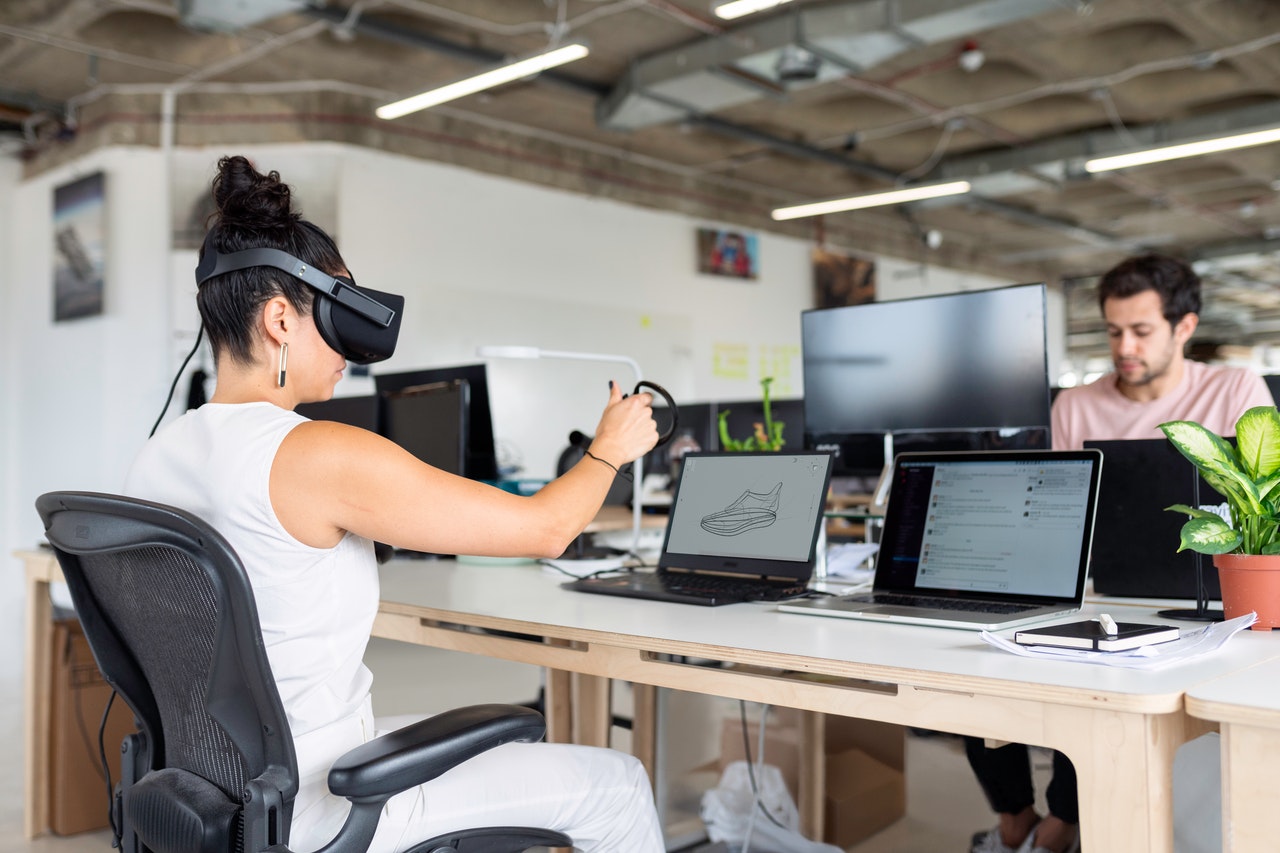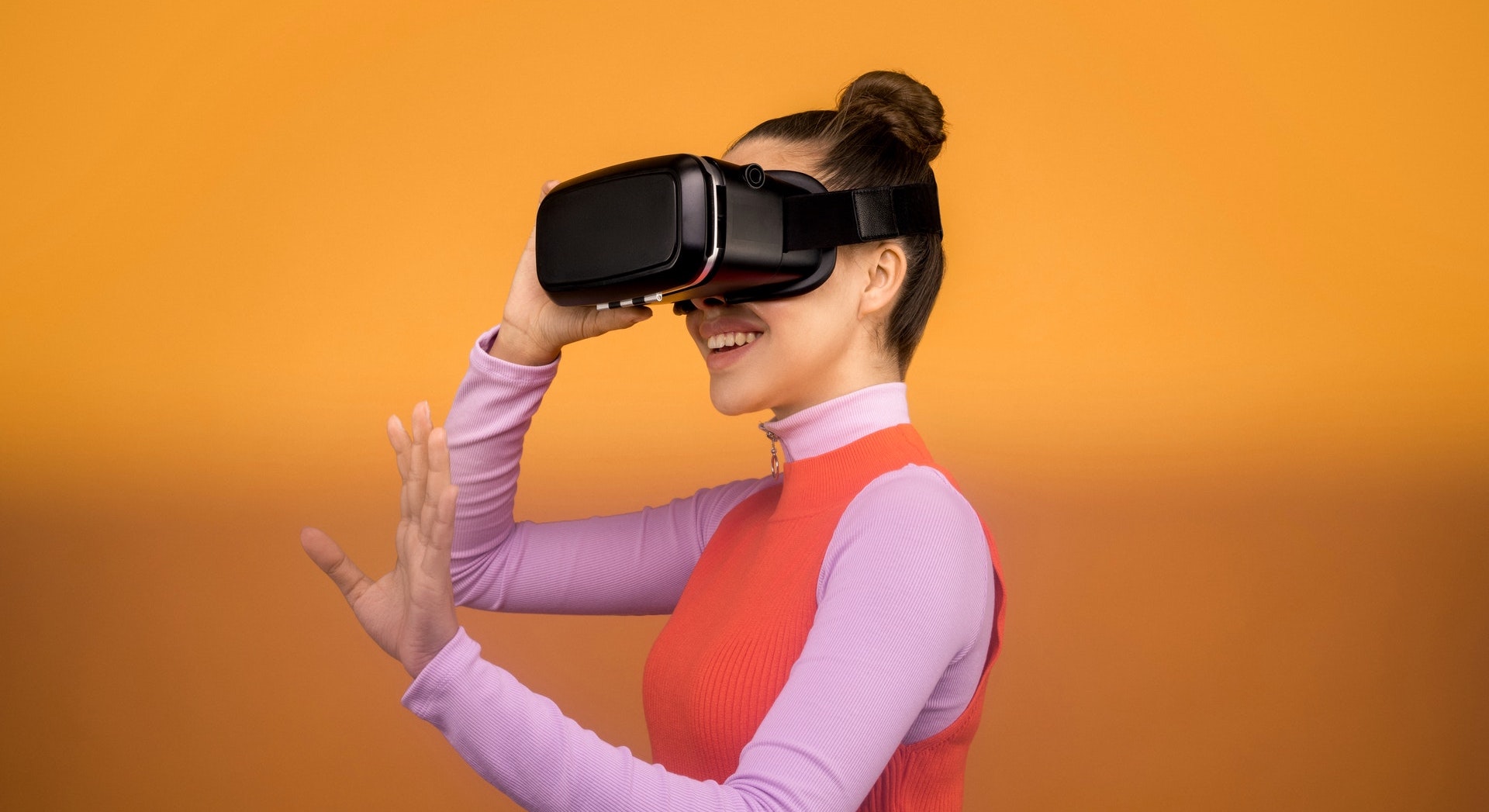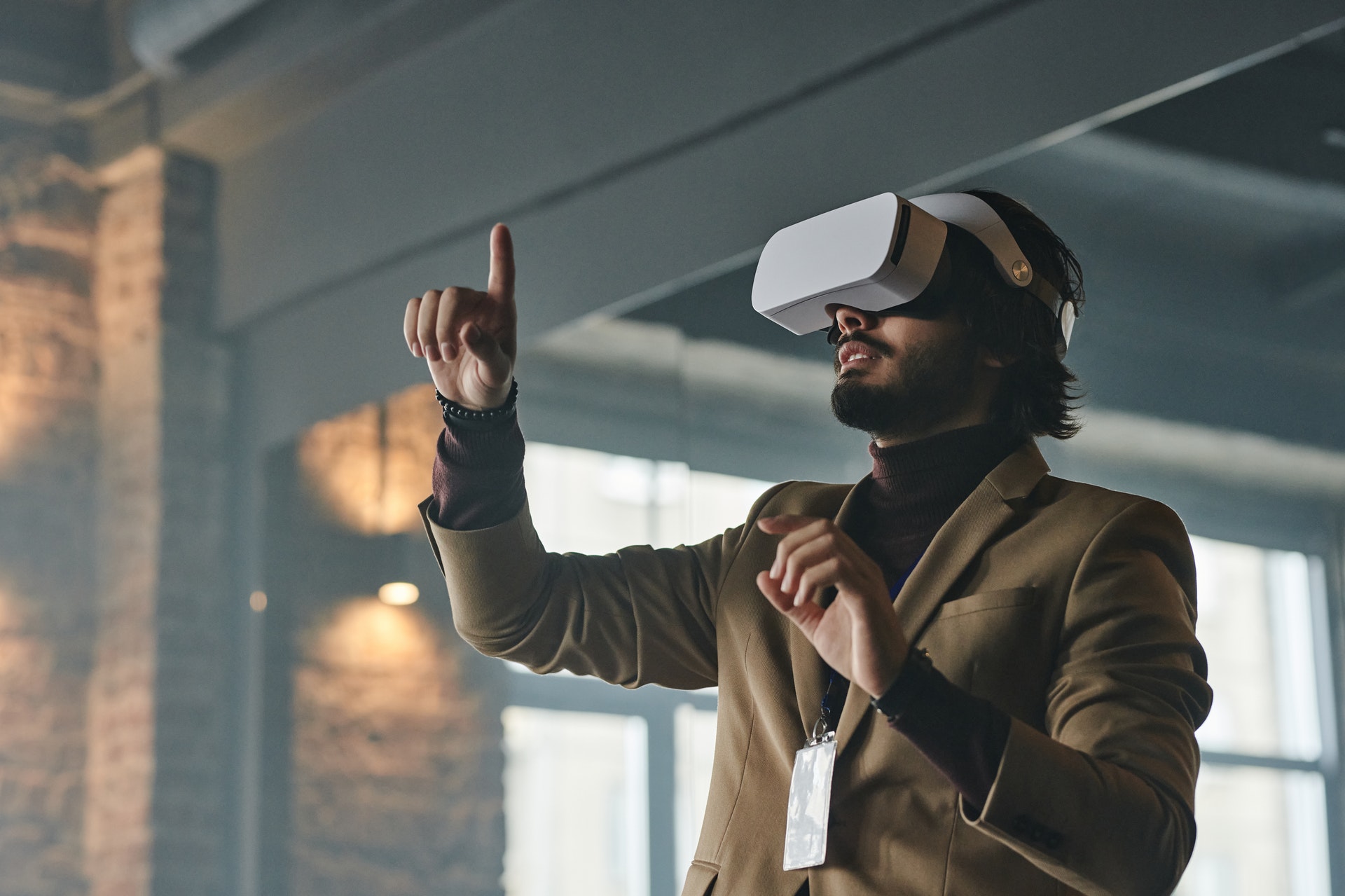With the rise of advanced virtual reality headsets like Oculus Quest 2 or the recently announced PlayStation VR2, comes the increasing demand for innovative ways to use the technology.
Gamers and tech enthusiasts alike are eager to see what the future of VR holds. More immersive gaming experiences, of course—but companies like JZMK Partners are finding other ways to utilize the technology outside of the gaming industry.
Eric Zuziak, partner and president of JZMK Partners, discussed their virtual reality workspace and more on the New Home Insights Podcast with Dean Wehrli—a show put on by John Burns Real Estate Consulting.
CONCEPT TO CONCRETE: THE VIRTUAL REALITY PROCESS
Zuziak’s California-based architecture firm uses VR headsets and programs to conceptualize, design, and present architecture in a three-dimensional space.
Live editing in VR with their HTC Vive allows them to make simple architectural changes on the fly. One designer wears the headset to view the VR space, while another sits at the computer to work the software. Together they can communicate desired changes to one-another.
Simple fixes such as adjusting the height of the ceiling or expanding the width of a hallway can be requested by the architect in the headset and instantly adjusted by the one at the computer.
They also have control over certain environmental conditions, such as lighting, in their software. This lets them see what the structure looks like from morning to night, allowing them to intuitively understand the space. They can also adjust the texture/color of the walls and floors, scale the proportions of the room up or down, and more.
“You have a more dynamic relationship with the architecture,” says Zuziak.
BEST BENEFITS FROM USING VIRTUAL REALITY
In the episode, Zuziak points out the many benefits he’s found from working with virtual reality.
From communicating the floorplan with builders, to describing the project to the marketing team, VR demonstrations provide an ease of understanding of the design concepts through the immersive experience. Everyone is able to better visualize what they’re promoting, selling, or constructing. Communication with the potential buyer is also streamlined, according to Zuziak.
Additionally, time and money is saved from being able to discover potential “pinch points” in the design; finding out what areas might become awkward or tight once it’s been built in a three-dimensional space. On the construction side, architects are able to correct any clashes before the building even begins.
Depending on the project, VR also allows architects to design for premium views in mind. If the project is a high-rise multi-unit complex with a pent-house suite, the firm can use something like Google Maps to drop the building into the planned location. This lets them actually see the sights of the area and design with the gorgeous cityscape or mountain range in mind, for example.

Zuziak nods to how the technology is great for getting projects approved—such as in JZMK’s Huntington Beach project. They used VR throughout all stages of development, including the presentation phase. This means that the planning director, planning commission, city council members, and even neighbors put on the headset to intuitively understand the project.
They have even sent out an Oculus Go VR headset—a portable, slightly more static version of the traditional system—to quickly show off their designs to clients. They simply pop the headset on and have the ability to look around, letting potential investors view the project as well.
Zuziak says that the portable method is a good, inexpensive way for their firm to display something that’s already been designed. However they can also bring people into their own designated room, loaded with a high-end PC and gaming controllers, to physically walk around the space in VR.
POTENTIAL ISSUES AND DRAWBACKS
Obviously, the cost is still pretty pricey for setups as elaborate as these. While the pocket headsets like Oculus Go are affordable, they are limited. As the technology takes off in all forms—not just gaming—the prices will eventually drop and become more affordable.
Another common issue is “VR sickness” that users feel while wearing the headset. These arrive with nausea and disorientation from acclimating to the virtual world, and there’s even the potential of real-life injuries one might encounter if they’re not careful.
However, with the technological advancements already made in the past decade, virtual reality spaces are becoming more lifelike and tolerable. Hiccups like motion sickness or dizziness that some first-time participants experience is becoming a reduced reaction as the technology gets better.
THE FUTURE OF VR TECHNOLOGY
Okay, so, we’ve all heard of the metaverse—does that mean all future advancement will take place in a virtual or augmented reality? Well, it’s not likely.
Zuziak believes that portable VR headsets will become as common as iPhones in the future, but that doesn’t necessarily mean the entire construction industry will shift in paradigm.
Multifamily development is the most likely to benefit from integrating VR architecture tactics in their projects. Because pre-sale of individual units in a complex is critical, the use of virtual reality could make or break a buyer’s or renter’s decision to apply. The same might not be said for single family homes, at least not yet.
Homebuyers, especially younger markets such as Millennial renters in a multifamily development, could use the technology to tour floor plans in VR. Zuziak says that using virtual reality will be most beneficial when targeting a younger audience, as they’re most likely the ones who will understand and be open to using the technology.

In the next 5-10 years, Zuziak envisions a multi-user virtual interface where many people can walk through a simulated space together. This could mean that a Realtor could walk a potential buyer through the property while the buyer is physically at home—maybe even in another state.
“It makes more of an impact than most builders realize,” says Zuziak, “when you can really stand inside of a VR model of a home, rendered to a high-level of reality. That is a very powerful sales tool.”
Zuziak suggests that buyers are very intuitive, and builders may be missing out on a great opportunity to leverage that.
So in the end, the question must be asked: With the rise in the virtual reality revolution, are you ready to put on the headset and be a part of that change?
To listen to the full 30-minute episode, visit the New Home Trends Institute website.






